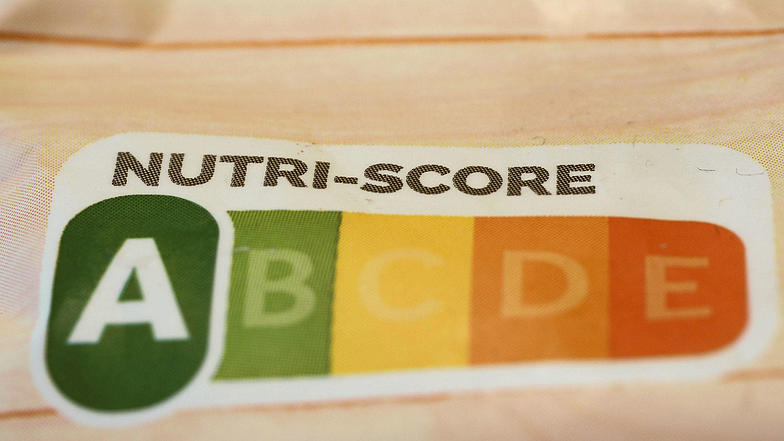Nutri-Score: How to use a label to improve health and diet
- Traffic light labels
On the supermarket shelves, how can you choose the best foods for your health? In a time of disinformation and fraudulent information on labels, Nutri-Score was created to help consumers make simpler, healthier choices about what goes on their plate.
Nutri-Score uses an algorithm developed by the scientists of Santé Publique France (the French public health body) to summarise the cryptic table of nutritional values on the back of foods and gives a colour and a product score directly on the front of the packaging.
A product’s colour and score – which the scientists also call the “nutritional score” – are determined based on the table of nutritional values for 100 g or 100 ml of a food or drink, and on the list of ingredients. The Nutri-Score calculation algorithm scores a product “highly” for nutritional elements considered favourable – protein, fibre, fruits, vegetables and pulses – and “poorly” for nutritional elements that should be limited – calories, sugars, salt, saturated fats and sweeteners.
Nutri-Score's Path Across Europe
Nutri-Score was devised in France by a team from the French National Institute for Health and Medical Research (INSERM), with the help and expertise of the French National Food Safety Agency (ANSES) and the French Public Health Council (HCSP), as a public health tool to combat chronic illness. It was officially adopted in France in 2017. Meanwhile it also has been adopted by seven more countries, Germany, Luxembourg, Belgium, Switzerland, Netherlands, Portugal and Spain, Nutri-Score is led at a European level by a transnational governance structure and an independent scientific committee.
How to use Nutri-Score effectively
Nutri-Score: a nutrition label in constant development to give you better information
Since its creation, Nutri-Score has been fine-tuned by a cohort of independent French and European scientists, looking to make constant improvements with an eye to developments in scientific knowledge on health and food, nutritional recommendations and what’s on supermarket shelves. Far from being set in stone, the calculation rules for the nutrition label are intended to be refined regularly in order to be more effective.
In 2022, the Nutri-Score calculation algorithm was revised by these scientists to make further improvements. The new version of Nutri-Score gives a better score to foods and drinks with good nutrient levels and is harsher with products that offer a less healthy balance. This is why we have seen scores improve for oily fish, the oils with the lowest saturated fat content (olive, rapeseed, walnut, sunflower, etc.), nuts and seeds with no added salt or sugar, and high-fibre whole foods such as wholemeal bread. Conversely, the nutrition label’s algorithm is stricter with salty foods, protein from red meat and sugary products in general such as certain breakfast cereals, milk-based drinks (especially flavoured ones) and plant milks. In short, updating the Nutri-Score algorithm makes it possible to classify food and drinks more effectively.
Nutri-Score enhanced: Black border for ultra-processed foods
The research team behind Nutri-Score is currently working on a new version of the label to include information on the ultra-processed nature of products, with several studies suggesting a link between the consumption of these foods and an elevated risk of chronic illnesses like diabetes, obesity and hypertension. The Nutri-Score for ultra-processed foods would be shown within a black border. A study carried out by these scientists already shows the usefulness of this black banner for providing more comprehensive information to consumers.

BMJ Nutrition, Prevention & Health, 2023
